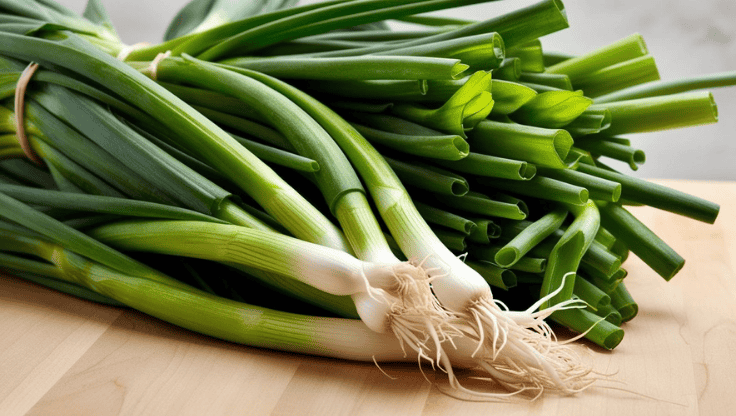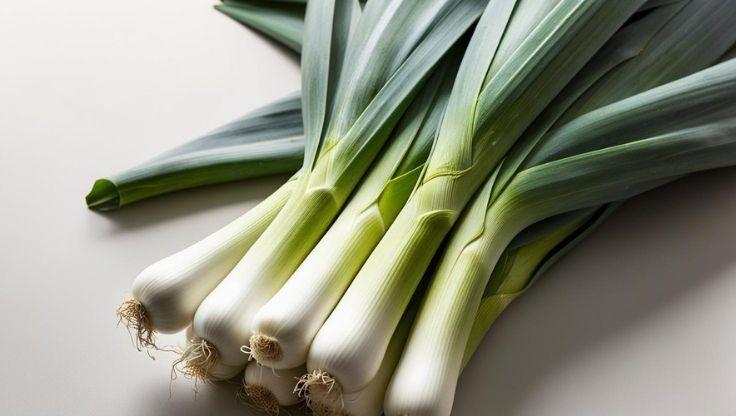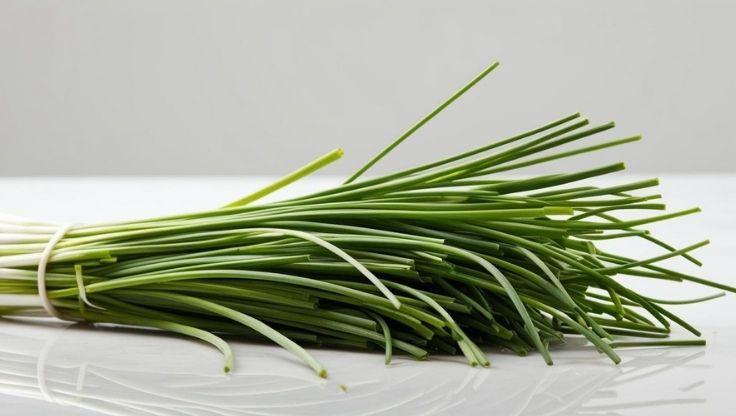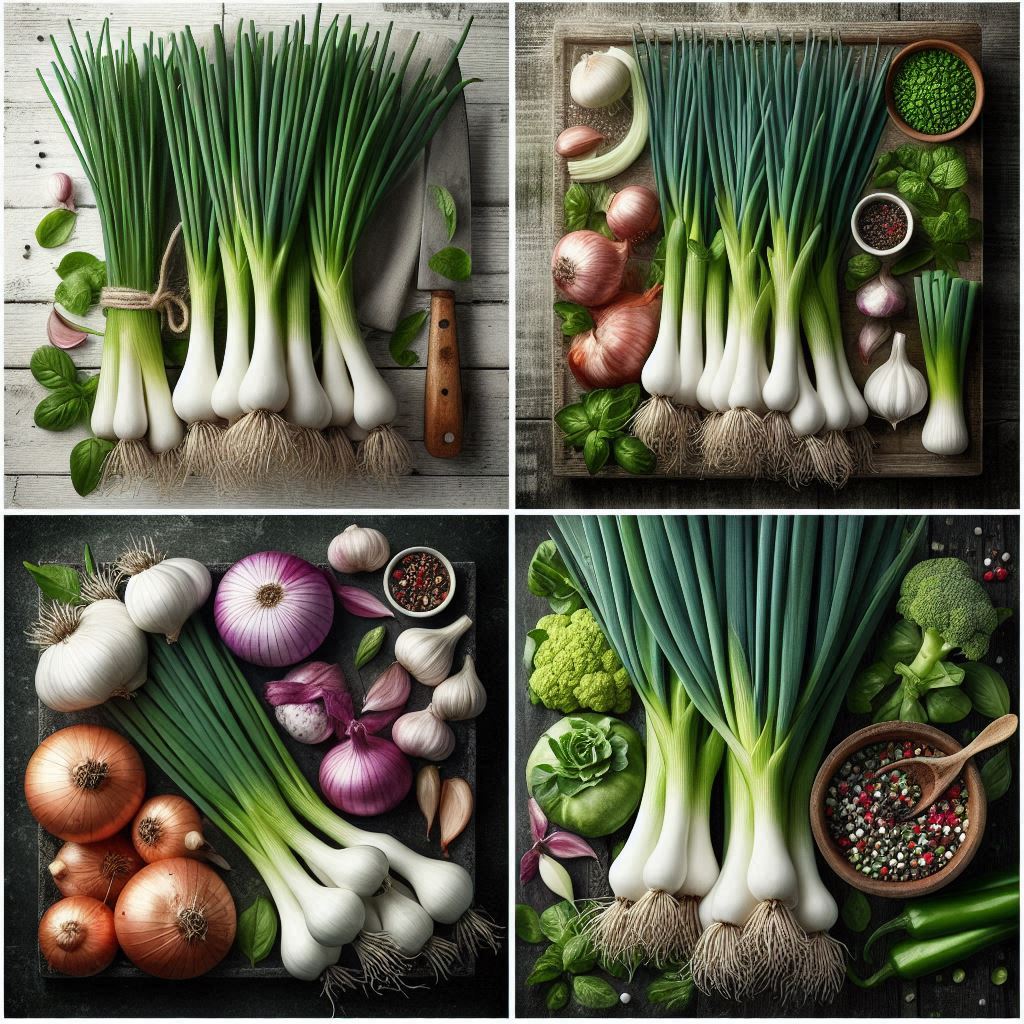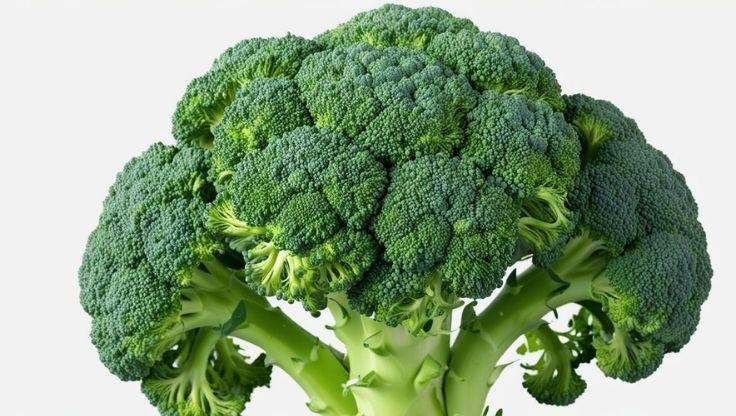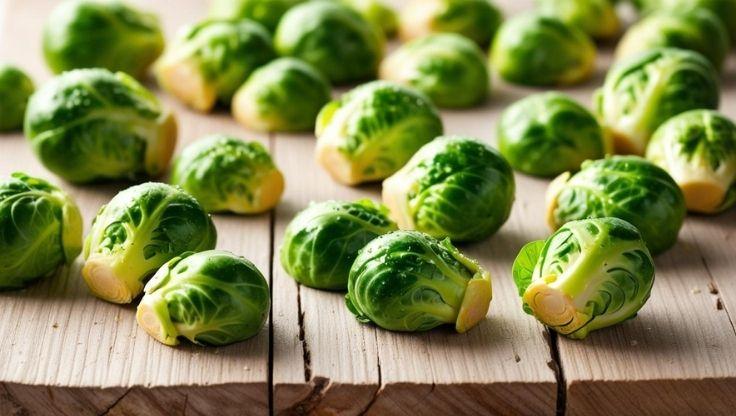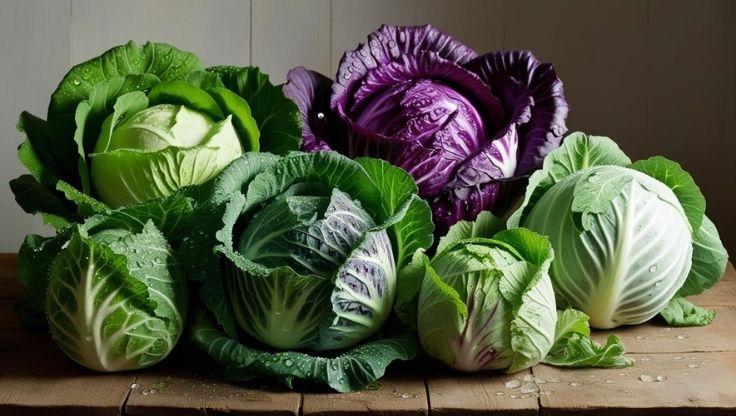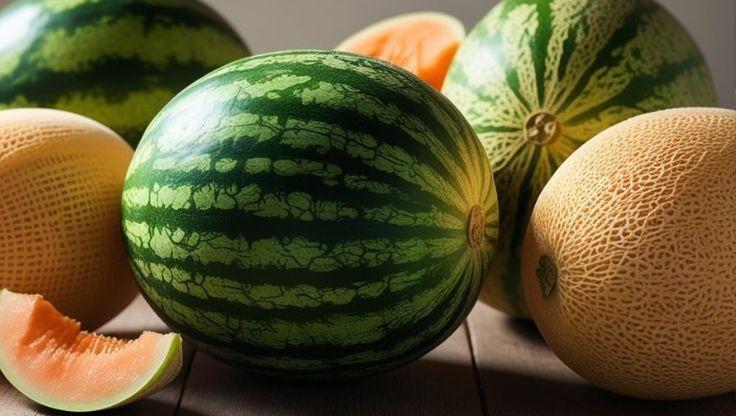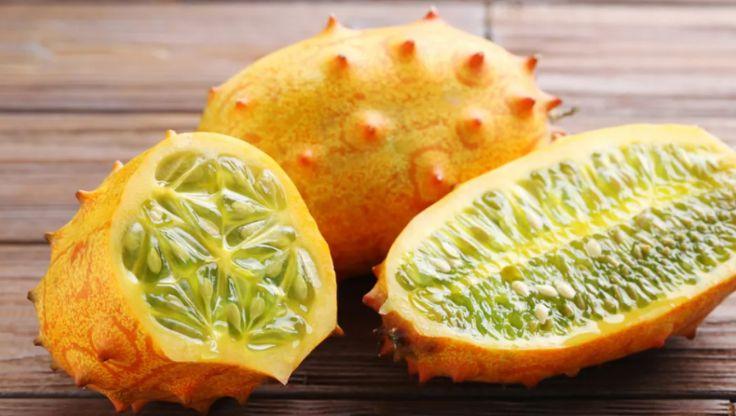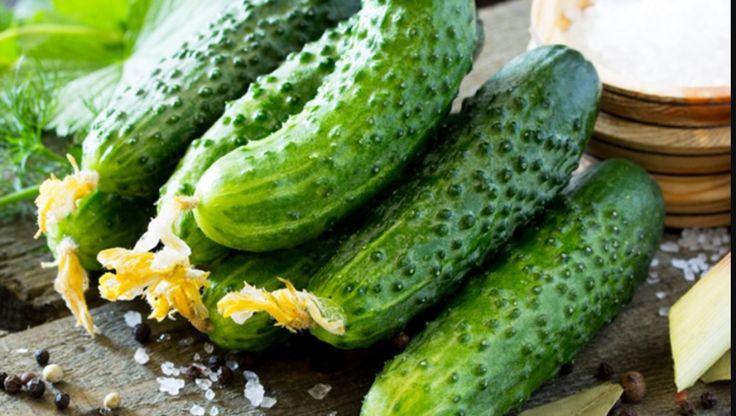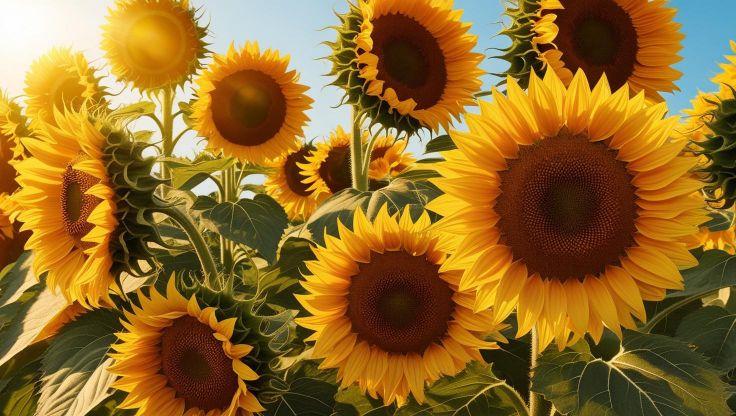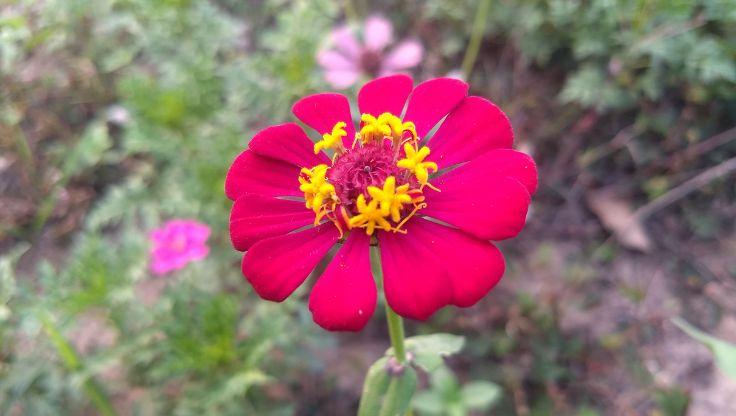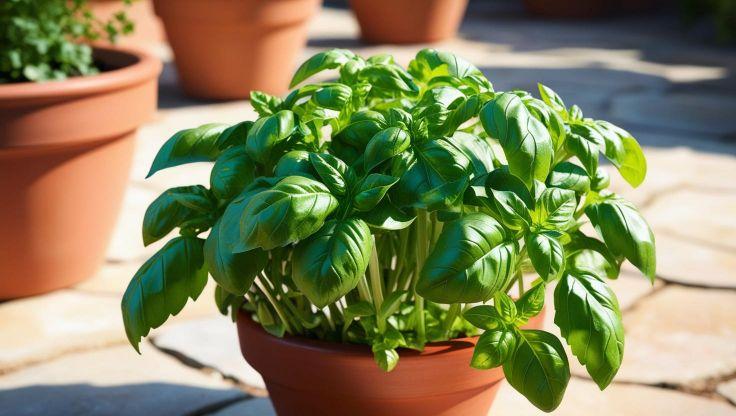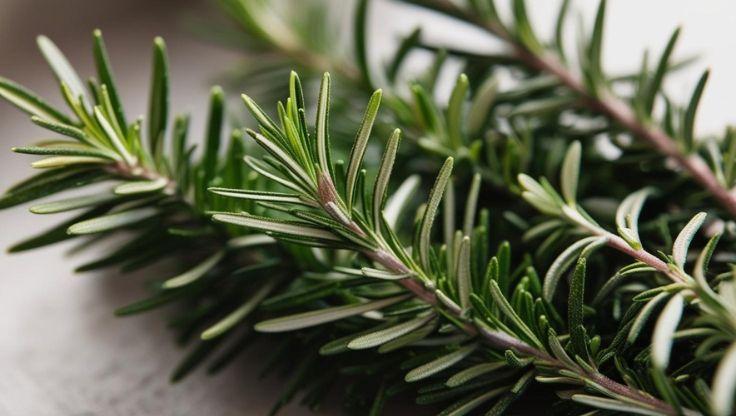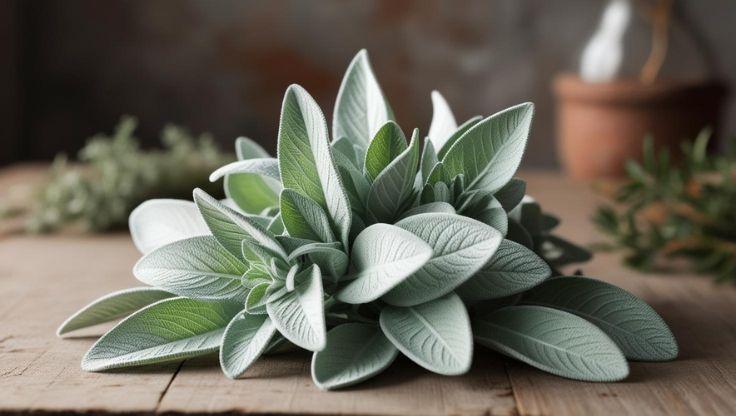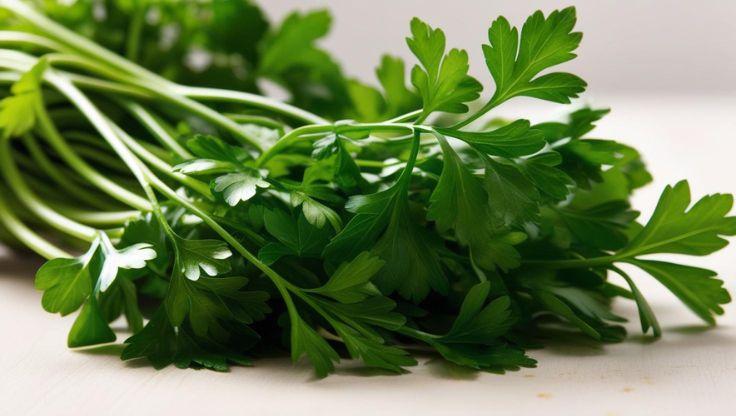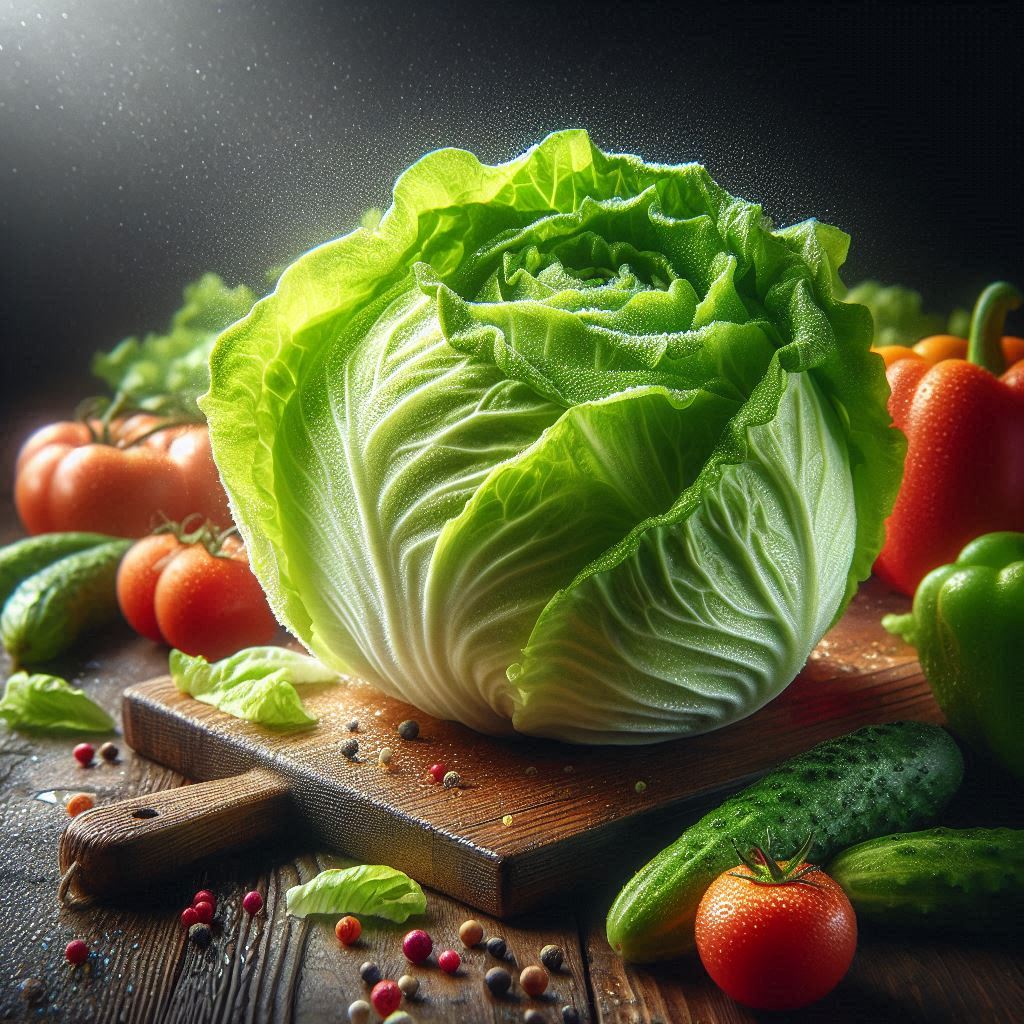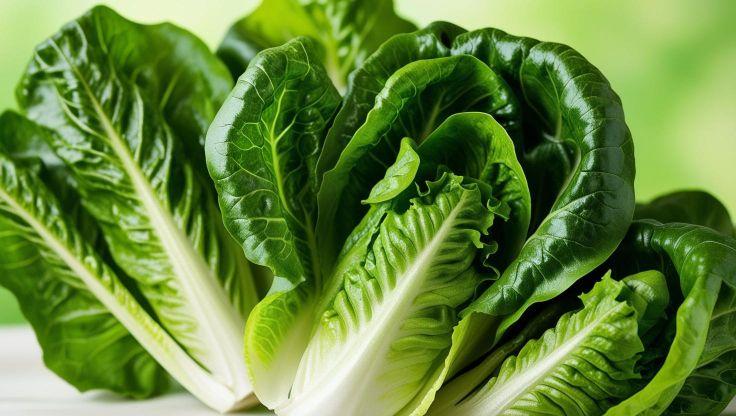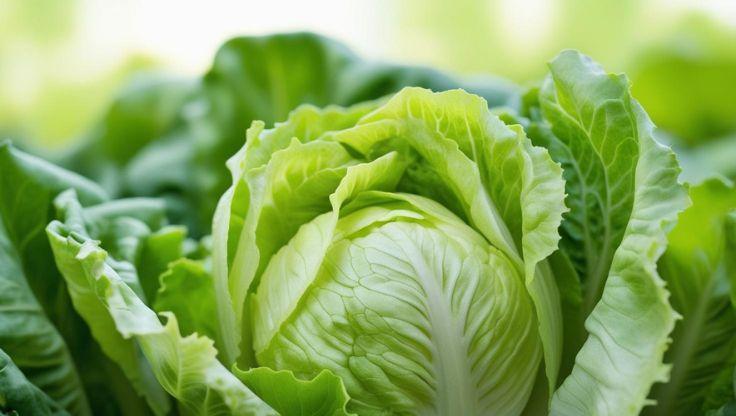Hydroponic Plants: Mizuna Growth, Cultivation & Sustainability
Mizuna (Brassica rapa var. japonica) is a leafy vegetable recognized for its delicate, feathery leaves and mildly peppery taste. Originally cultivated in Japan, it has gained popularity worldwide for its versatility in both culinary and hydroponic farming. As some hydroponic plants, like mizuna thrives in controlled environments, ensuring faster growth, higher yields, and reduced exposure to soil-borne diseases. Unlike traditional soil-based cultivation, hydroponics allows for efficient water management and precise nutrient delivery, making it an ideal farming method.

Hydroponic Growing Conditions for Mizuna Plants
Mizuna (Brassica rapa var. japonica) is a fast-growing, nutrient-rich leafy green that thrives in hydroponic systems. By carefully managing pH levels, electrical conductivity (EC), lighting, temperature, and humidity, growers can optimize growth conditions for high yields and superior quality.
pH and EC Levels
Maintaining the correct pH and EC levels is essential for the healthy development of mizuna plants. The ideal pH range for hydroponic mizuna is 5.5 to 6.5, ensuring efficient nutrient absorption and preventing deficiencies. The EC level, which measures the concentration of dissolved salts in the nutrient solution, should be maintained between 1.2 and 2.0 mS/cm. This balance supports steady growth while avoiding nutrient imbalances that could hinder leaf development.
Light, Temperature, and Humidity
Mizuna plants require full-spectrum LED lighting with 12 to 16 hours of exposure per day to promote photosynthesis and vigorous leaf expansion. The optimal temperature range for hydroponic mizuna is 50°F to 75°F (10°C to 24°C), with an ideal target of 60°F to 70°F for consistent growth. Additionally, maintaining a relative humidity level of 50-70% helps prevent dehydration and supports healthy foliage.
Additional Considerations
Hydroponic mizuna benefits from controlled environments that minimize pest infestations and disease risks. Regular monitoring of nutrient solutions, airflow, and water quality ensures consistent yields and high-quality produce. By optimizing these factors, growers can cultivate mizuna efficiently, maximizing both nutritional value and crop productivity.
Nutrient Solutions and Water Management for Hydroponic Plants: Mizuna
Hydroponic plants like mizuna (Brassica rapa var. japonica) require precise nutrient solutions and water management to ensure optimal growth, yield, and nutritional quality. By maintaining balanced nutrient levels and efficient water usage, growers can maximize productivity while minimizing environmental impact.
Essential Nutrients for Hydroponic Plants
Mizuna thrives in a nutrient-rich hydroponic environment, requiring a well-balanced supply of macronutrients such as nitrogen (N), phosphorus (P), and potassium (K). Nitrogen is essential for leaf development, phosphorus supports root growth, and potassium enhances overall plant health and disease resistance. Additionally, micronutrients like iron, boron, and calcium play a crucial role in chlorophyll production, cell wall integrity, and new growth.
The optimal nutrient concentration for hydroponic plants like mizuna varies depending on growth stage, but maintaining an EC level between 1.2 and 2.0 mS/cm ensures proper nutrient absorption. A pH range of 5.5 to 6.5 is ideal for hydroponic mizuna, allowing efficient uptake of essential minerals.
Water Management Strategies for Hydroponic Plants
Proper water management is critical for hydroponic plants, as it directly impacts nutrient delivery and plant health. Consistent monitoring of water quality, temperature, and oxygen levels prevents nutrient deficiencies and promotes vigorous growth. Using filtered water with minimal contaminants enhances nutrient uptake and reduces the risk of disease.
Hydroponic systems such as deep water culture (DWC), nutrient film technique (NFT), and aeroponics offer efficient water usage while maintaining optimal hydration levels. Automated irrigation systems help regulate water flow, preventing overwatering and ensuring consistent moisture availability.
Cultivation Process of Hydroponic Plants: Mizuna
Mizuna (Brassica rapa var. japonica) is a fast-growing leafy green that thrives in hydroponic systems, offering a nutrient-rich, sustainable cultivation method. By carefully managing seed germination, transplanting techniques, and environmental conditions, growers can optimize growth for high yields and superior quality.
Seed Germination and Seedling Development
Mizuna seeds sprout within 4 to 7 days, provided they are sown in a moist, well-drained growing medium. The ideal temperature for germination ranges between 50°F to 75°F (10°C to 24°C), ensuring rapid sprouting and strong seedling development. Each hole should contain 1 to 2 seeds to maintain proper spacing and prevent overcrowding. Once seedlings reach 2 to 3 inches in height, they are ready for transplanting into hydroponic systems.
Maturity After Transplanting
After transplanting, mizuna matures within 30 to 40 days, making it an excellent choice for rapid cultivation cycles. Hydroponic plants benefit from consistent nutrient delivery and controlled environmental conditions, accelerating growth compared to traditional soil-based methods. Regular monitoring of pH levels (5.5 to 6.5) and EC levels (1.2 to 2.0 mS/cm) ensures optimal nutrient absorption, leading to vigorous leaf expansion and enhanced flavor profiles.
Growing in Hydroponic Systems
In hydroponic setups, mizuna seedlings transition to net pots filled with rock wool or coco coir, which provide excellent root support and moisture retention. Popular hydroponic methods include deep water culture (DWC), nutrient film technique (NFT), and aeroponics, each offering efficient water and nutrient management. Full-spectrum LED lighting with 12 to 16 hours of exposure per day supports photosynthesis and robust leaf development.
Mizuna Varieties
Several mizuna varieties are well-suited for hydroponic cultivation, each offering distinct flavors and textures:
- Kyona Mizuna – Known for its mild, slightly peppery taste, ideal for salads and stir-fries.
- Red Mizuna – Features deep red-purple leaves with a bold, spicy flavor, commonly used in Asian cuisine.
- Early Mizuna – A fast-growing variety with tender, feathery leaves, perfect for fresh consumption.
By optimizing seed selection, transplanting techniques, and hydroponic growing conditions, mizuna can be cultivated efficiently, ensuring high yields, superior quality, and enhanced nutritional value.
Uses and Benefits of Hydroponic Plants: Mizuna
Mizuna (Brassica rapa var. japonica) is a nutrient-rich leafy green that thrives in hydroponic systems, offering a versatile culinary profile, impressive health benefits, and sustainable agricultural advantages. Its crisp texture and mildly peppery taste make it a popular ingredient in various cuisines, while its high vitamin content supports overall well-being.
Culinary Applications
Mizuna is widely used in salads, stir-fries, sushi, and soups, adding a delicate crunch and subtle spice to dishes. Its mildly peppery flavor makes it a favorite in Asian cuisine, where it is often pickled, sautéed, or incorporated into noodle dishes. Additionally, mizuna pairs well with citrus dressings, sesame-based sauces, and umami-rich broths, enhancing the depth of flavors in meals. Its tender yet resilient leaves allow it to be used both raw and cooked, making it a versatile addition to modern culinary creations.
Health Benefits
Mizuna is packed with essential vitamins and minerals, including vitamins A, C, and K, which contribute to immune health, digestion, and heart function. Its high antioxidant content helps combat oxidative stress, reducing the risk of chronic diseases such as cardiovascular conditions and inflammation. Additionally, mizuna contains glucosinolates, compounds known for their anti-inflammatory and detoxifying properties, which may support cancer prevention. Its fiber-rich composition aids in gut health, promoting digestion and maintaining stable blood sugar levels.
Sustainability Advantages
As a hydroponic plant, mizuna requires up to 90% less water than conventional farming methods, making it an eco-friendly choice. Hydroponic cultivation eliminates the need for pesticides, reducing environmental contamination and ensuring clean, chemical-free produce. Additionally, hydroponic systems allow for year-round production, optimizing space and resources while minimizing agricultural waste. By choosing hydroponically grown mizuna, consumers support sustainable farming practices that contribute to environmental conservation.
By integrating mizuna into daily meals, individuals can enjoy its bold flavors, health-enhancing nutrients, and eco-friendly benefits, making it a valuable addition to a balanced diet.
Challenges and Solutions in Growing Hydroponic Plants: Mizuna
Mizuna (Brassica rapa var. japonica) is a fast-growing leafy green that thrives in hydroponic systems. However, like all hydroponic plants, it faces challenges related to pests, diseases, and environmental conditions. Understanding these issues and implementing effective solutions ensures healthy growth, high yields, and superior quality.
Common Pests and Diseases
Hydroponic mizuna is susceptible to several pests and diseases that can hinder growth and reduce crop quality.
- Aphids – These small insects feed on plant sap, causing leaf curling and stunted growth. They can be managed using neem oil or insecticidal soap, which effectively repels and eliminates infestations.
- Powdery Mildew – A fungal disease that appears as white powdery spots on leaves, leading to reduced photosynthesis. Preventing mildew involves improving airflow and lowering humidity, ensuring plants receive adequate ventilation.
- Root Rot – Overwatering and poor oxygenation can lead to root decay, weakening the plant. To prevent this, growers should ensure proper aeration and avoid excessive watering, maintaining optimal moisture levels.
Solutions for Growth Issues
Environmental factors and nutrient imbalances can also affect mizuna’s development.
- Yellowing Leaves – Often a sign of nitrogen deficiency. Adjusting nutrient levels in the hydroponic solution restores leaf vitality.
- Slow Growth – Insufficient light exposure can delay plant development. Increasing light intensity and duration (12–16 hours of full-spectrum LED lighting) enhances photosynthesis and accelerates growth.
- Wilting – Mizuna may wilt due to improper water temperature or oxygenation. Ensuring consistent water temperature and adequate dissolved oxygen levels prevents stress and supports healthy root function.
By addressing these challenges with proactive pest management, optimized nutrient delivery, and controlled environmental conditions, hydroponic mizuna can thrive, producing high-quality, nutrient-rich leaves suitable for culinary and commercial applications.
|
stitution |
Article Title |
Article Link |
|---|---|---|
|
G.S. Davtyan Institute of Hydroponics Problems, NAS RA |
The Growth Possibility and Yield of the Vegetable Mizuna (Brassica Juncea var. Japonica) in Open-Air Hydroponics |
|
|
Tottori University |
The Effect of Shading against Strong Solar Radiation during High-Temperature Seasons on the Growth, Quality, and Mineral Content of Mizuna in a Hydroponic System |
|
|
SciTechnol |
The Growth Possibility and Yield of the Vegetable Mizuna (Brassica Juncea var. Japonica) in Open-Air Hydroponics |


